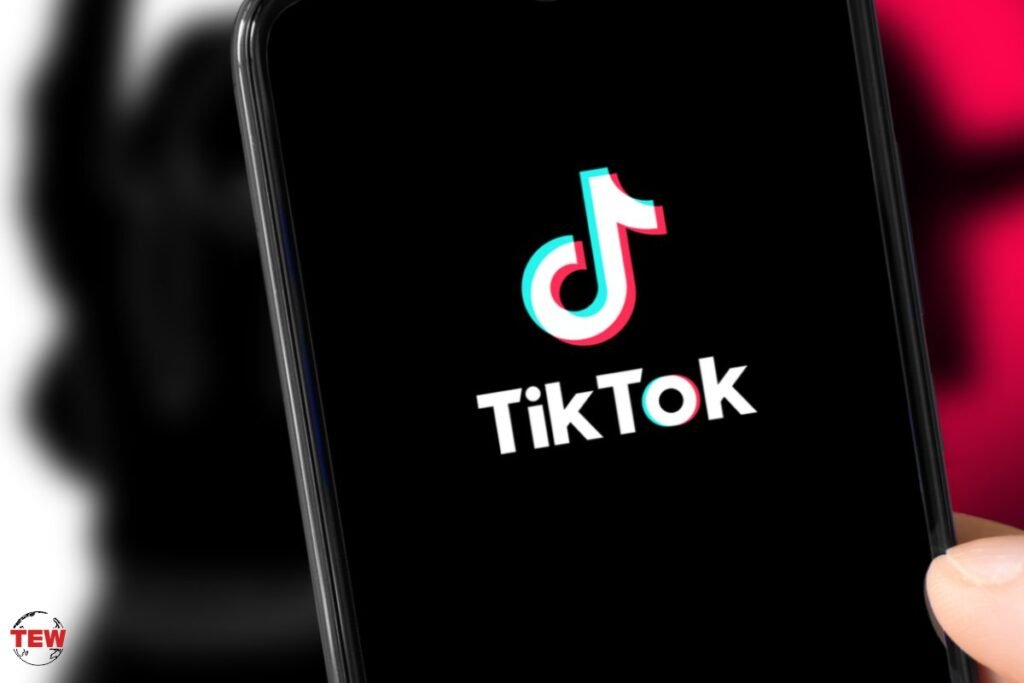This list of 9 most important social media trends for 2023 that are dominating the industry — and could even transform the way you perform your work — is based on the 5 primary trends identified in Hootsuite’s worldwide Social Trends 2022 report and data from our poll of over 18,000 marketers.
Here are the 9 most important social media trends for 2023;
1. Tiktok Advertising
TikTok will overtake Facebook as the most significant social network for marketing (?!)
For the last several years, Instagram has reigned supreme in the hearts of most social marketers. It was the quickest growing, had the best ROI (depending on your industry), and (plus) was a lot of fun to hang around on. But that is changing.
TikTok will reach 1 billion users in September 2021. This ranked it as the world’s seventh most popular social network.
TikTok is the fourth most popular social media network after Instagram if messaging networks are excluded.
TikTok search demand has increased by 173% in the past year. However, search demand for Instagram Reels has only increased by 22%. It has also dropped by 33% for Instagram Stories.
Despite the network’s fast expansion, most firms are unwilling to invest in it. Consider the findings of Hootsuite’s Social Media Trends study.

2. E-commerce on social media
Prior to the epidemic, social commerce was a showy possibility for the most inventive enterprises (mattress disruptors, eyeglass disruptors—basically, you had to proclaim yourself a disruptor before allowing your consumers to purchase on social).
However, rising social media use mixed with mandated stay-at-home time produced the ideal circumstances for a social shopping boom. This isn’t going away.
According to eMarketer, social commerce will be an $80 billion market by 2025. It is riding on the back of similarly enormous e-commerce growth (an 18% rise in 2020 alone).
3. Companies create a social audio strategy.
Although audio is not new, its emergence on social media is. Radio, podcasts, and music playlists are all part of an audio strategy. A social audio strategy focuses on sites with audio-only capabilities.
Clubhouse, a social audio network, was one of the most important leaders in this field in 2021. Despite the removal of the invite-only barrier and the release of an Android version, Clubhouse went out of favor. However, the concept has been adopted by other social networking sites.
Facebook launched a raft of audio products, including Rooms, podcasts, and Soundbites, in mid-2021. These capabilities were also made available to assist audio makers and give them more tools for their work.
Customers like Livestream shopping because it combines the personalized ambiance of the person live streaming with the convenience of purchasing from home. According to a McKinsey analysis, 35.6% of live streams were in the clothes and fashion area.
4. Short-form videos are more valuable.
With the emergence of TikTok and Instagram’s own declaration of video’s value, it’s no surprise that short-form video will be a social media trend in 2022. All of the main social media networks now include some version of the Stories video format.

5. Brands are increasing their investments in social commerce.
When you purchase and sell things or services straight from a social networking site, you are engaging in social commerce. All of the main social networks have made investments in social commerce, and this trend indicates that they will continue.
According to a study performed on behalf of Sprout Social by The Harris Poll, 73% of firms are currently engaged in social commerce, with 79% expecting to do so over the next three years. Sprout introduced special connections with Shopify and Facebook Shops as a result of this development. This way, you won’t have to leave Sprout to tag things from your shop.
6. Sustainability is included in the purchasing choice.
Sustainability and climate change are increasingly major factors in purchasing choices, influencing social commerce. A survey indicated that 28% of Gen Z individuals were worried about climate change, which is mirrored in their opinions toward brands. 89% of internet users say companies should do more to decrease their carbon footprint, and 88% believe sustainability should be a common corporate practice.
The epidemic drove many companies to shift from in-person events to online services, from music festivals to webinars and product launches. When it comes to promoting and amplifying digital events, social media has played a significant role, with platforms that facilitate audience engagement and live-streaming features linking organizers and attendees like never before. Take Isol-Aid as an example, which promotes itself as a ‘socially (media) separated music festival’.
“With the necessity to relocate many events online in recent years, a lot of social media features have evolved or been reinvented to allow companies to engage with consumers,” explains Julia Fernandez, Senior Content Marketing Manager at Envato. “With Instagram Live Rooms, producers may go live with up to three other people, providing a genuinely private online experience.” Live Rooms are ideal for events like Q&As, lessons, and musical performances, which can be shared and seen by your followers.
7. E-commerce is being transformed by Livestream shopping.
Livestream buying on social media is an eCommerce practice that is gaining traction. The continuing epidemic only boosted its expansion since traditional retail outlets were less accessible.
In China, where Livestream shopping is very popular, e-commerce live-gross streaming’s merchandise value (GMV) increased from 4.5% of total online shopping’s GMV in 2017 to an expected 20.3% in 2022. Live commerce income in the United States is predicted to treble by 2024, hitting $35 billion.

8. New Features Enable Online Events
The epidemic drove many companies to shift from in-person events to online services, from music festivals to webinars and product launches. When it comes to promoting and amplifying digital events, social media has played a significant role, with platforms that facilitate audience engagement and live-streaming features linking organizers and attendees like never before. Consider Isol-Aid, which bills itself as a “socially (media) detached music event.”
“With the necessity to relocate many events online in recent years, a lot of social media features have evolved or been reinvented to allow companies to engage with consumers,” explains Julia Fernandez, Senior Content Marketing Manager at Envato. “With Instagram Live Rooms, producers may go live with up to three other people, providing a genuinely private online experience.” Live Rooms are ideal for events like Q&As, lessons, and musical performances, which can be shared and seen by your followers.
9. The rise of social commerce
Social networking has become the new frontier for retail marketing, from motivating purchases to providing an online storefront. While customers may have previously seen an Instagram post and gone over to the brand’s website, Instagram Shops now allows them to checkout and finish their purchase in just a few clicks – all without leaving the platform. ASOS, the online clothes retailer, has even developed a separate Instagram profile, ASOS Marketplace, to sell things via social commerce while simultaneously encouraging small brands and companies.




